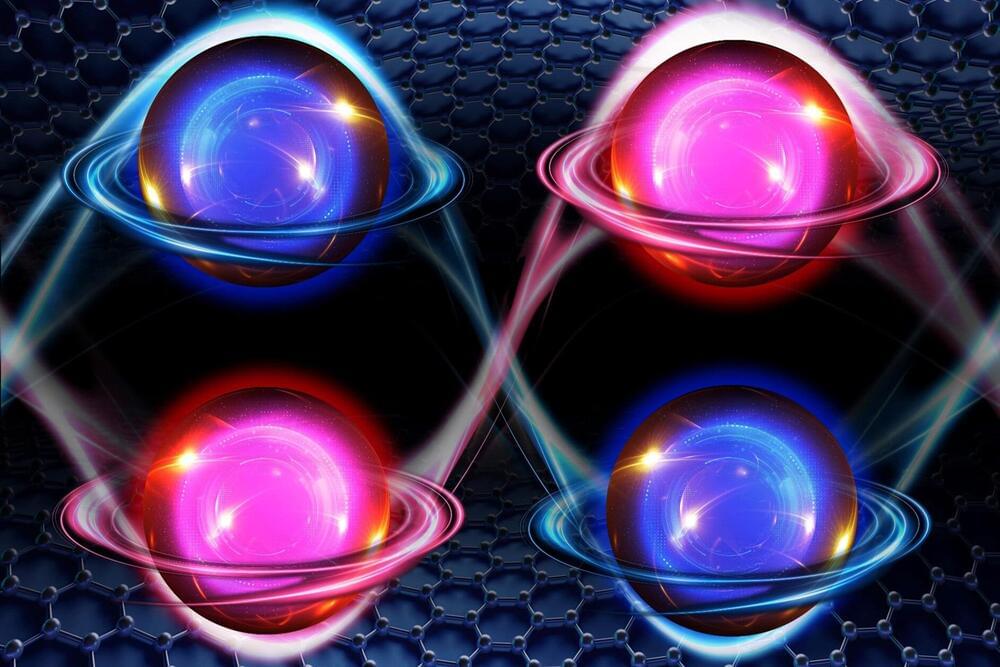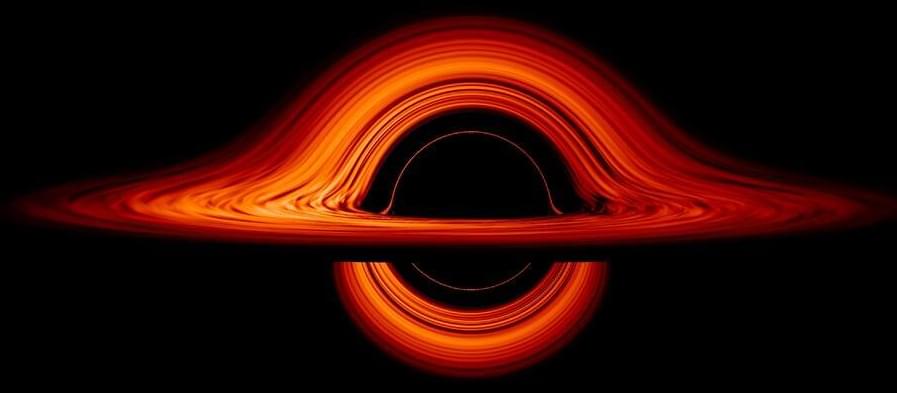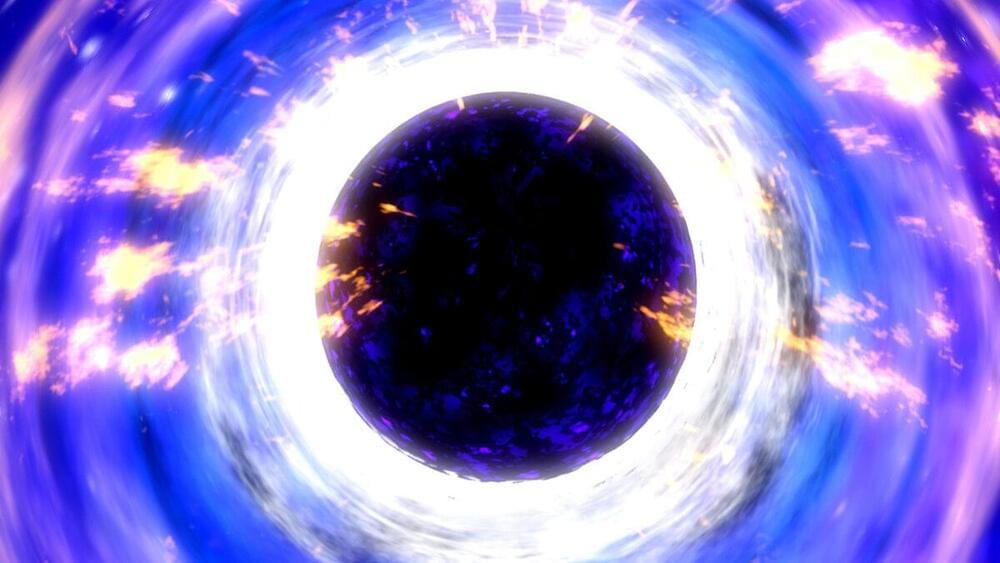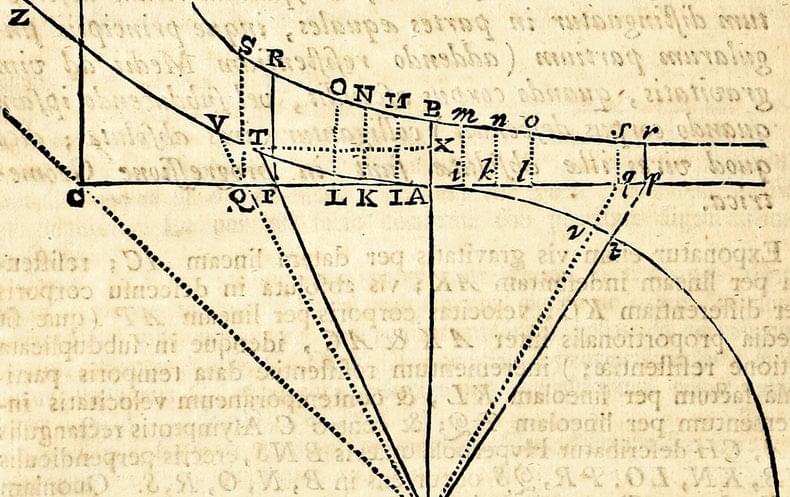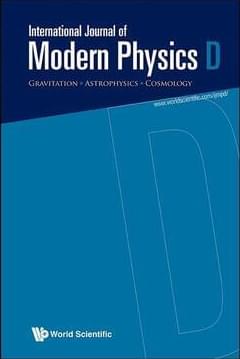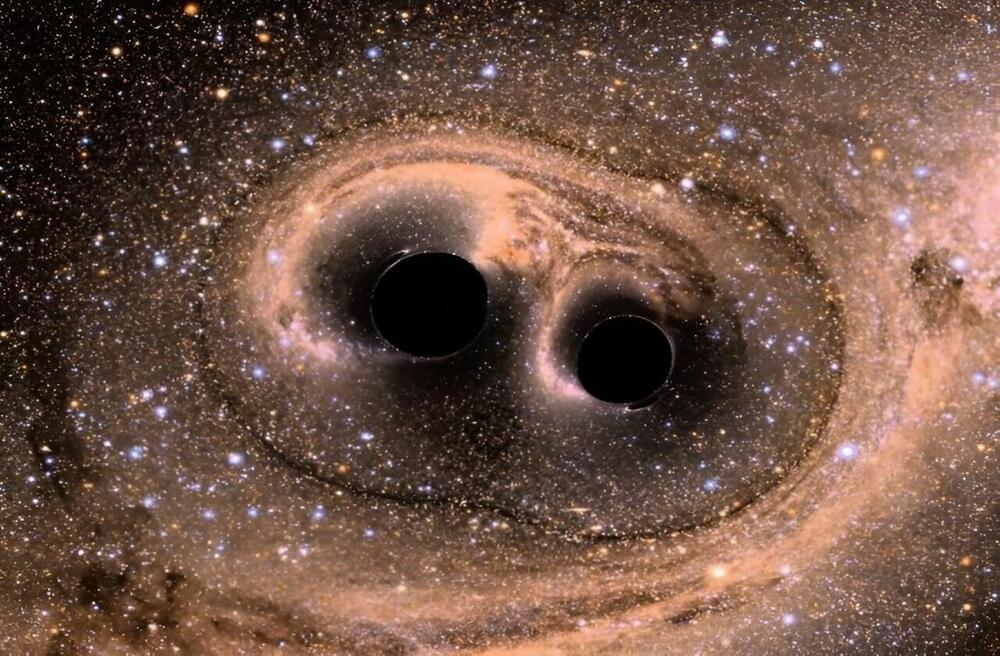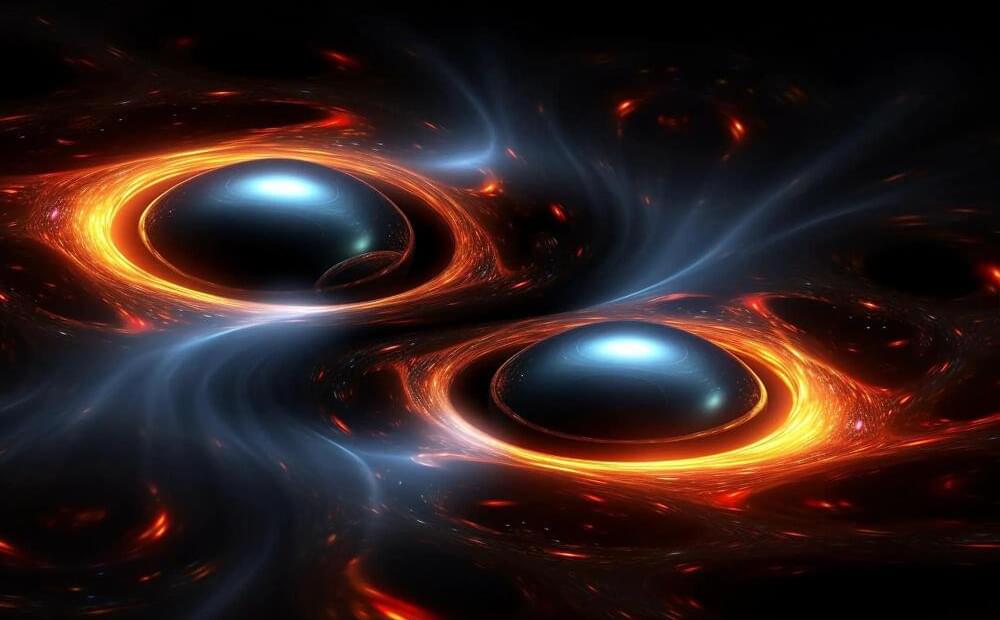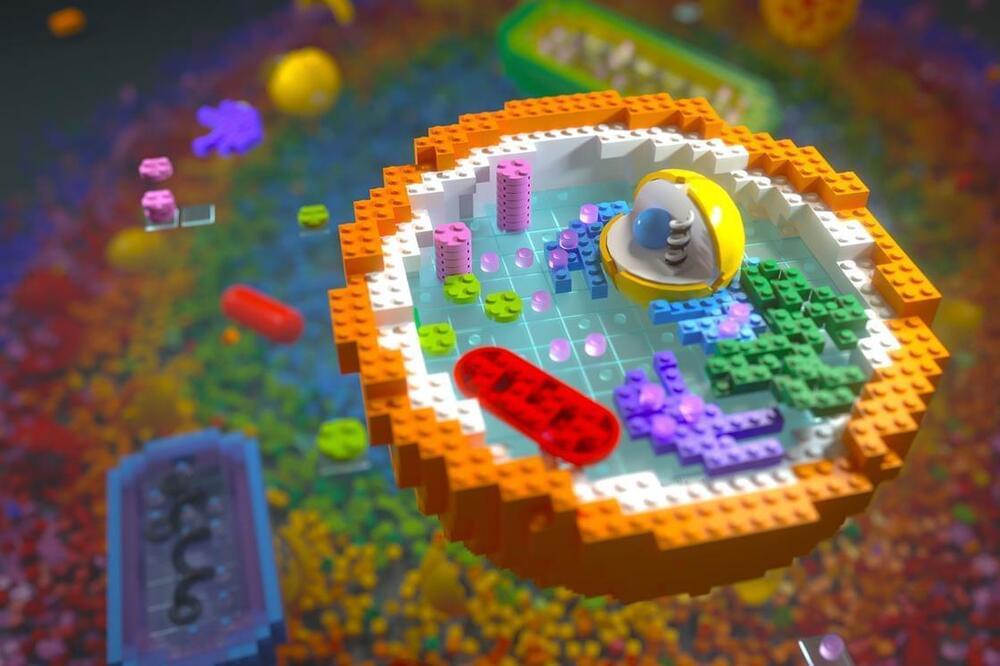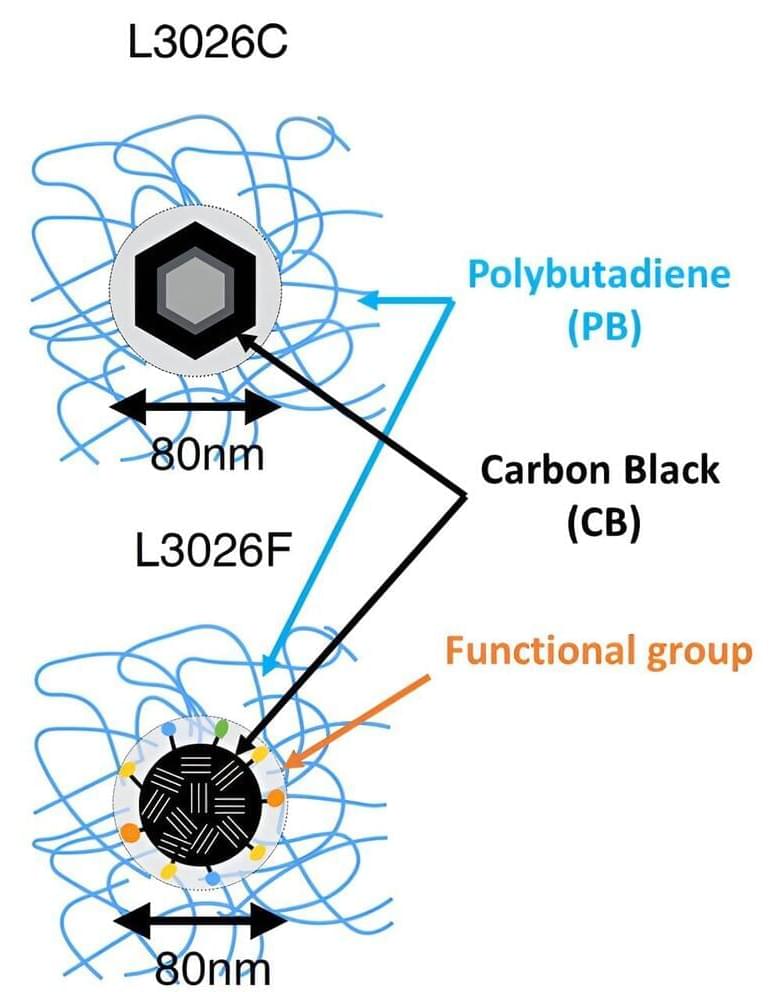Sabine Hossenfelder investigates life’s big questions through the lens of physics, particularly Einstein’s theory of special relativity. She highlights the relativity of simultaneity, which states that the notion of “now” is subjective and dependent on the observer. This leads to the block universe concept, where past, present, and future all exist simultaneously, making the past just as real as the present.
Hossenfelder also emphasizes that the fundamental laws of nature preserve information rather than destroy it. Although information about a deceased person disperses, it remains an integral part of the universe. This idea of timeless existence, derived from the study of fundamental physics, offers profound spiritual insights that can be difficult to internalize in our everyday lives. As a result, Hossenfelder encourages people to trust the scientific method and accept the profound implications of these discoveries, which may reshape our understanding of life and existence.
As a physicist, Hossenfelder trusts the knowledge gained through the scientific method and acknowledges the challenge of integrating these deep insights into our daily experiences. By contemplating these profound concepts, we can potentially expand our understanding of reality and our place within it.
